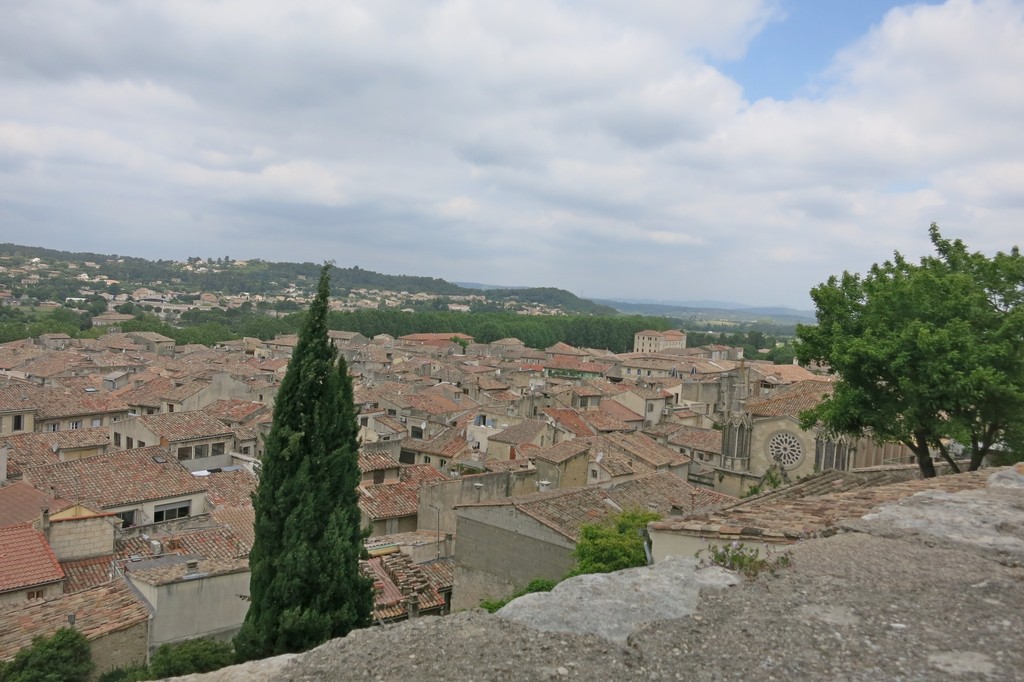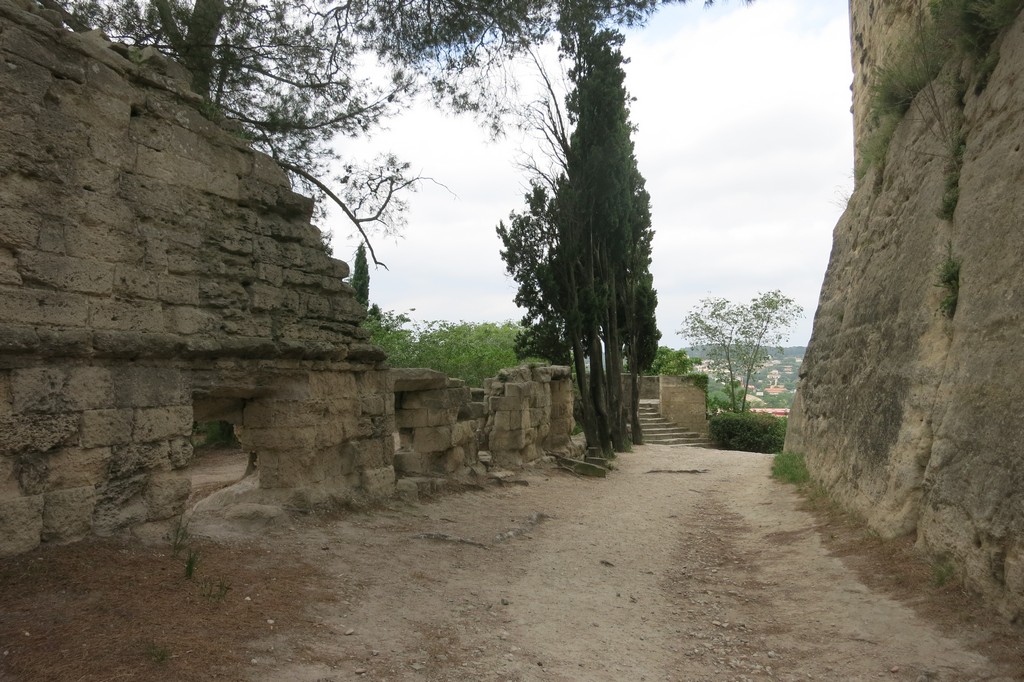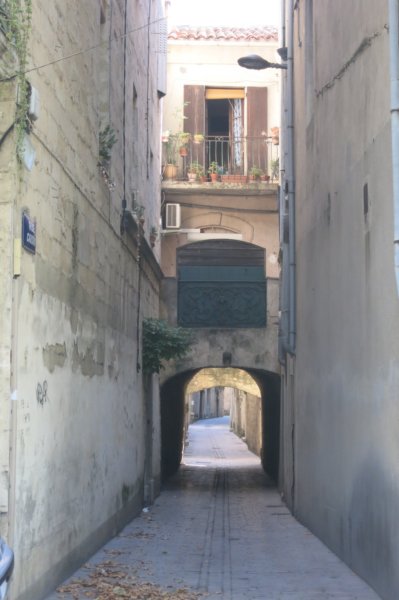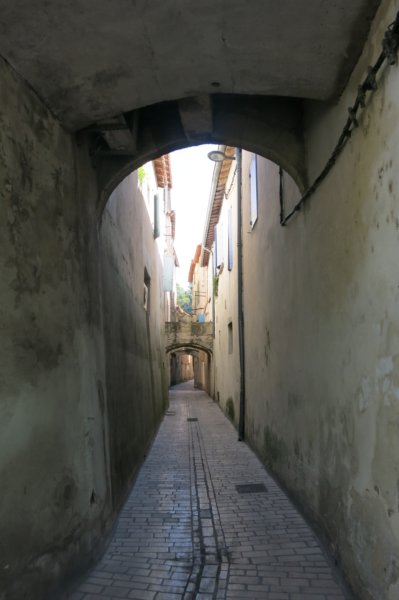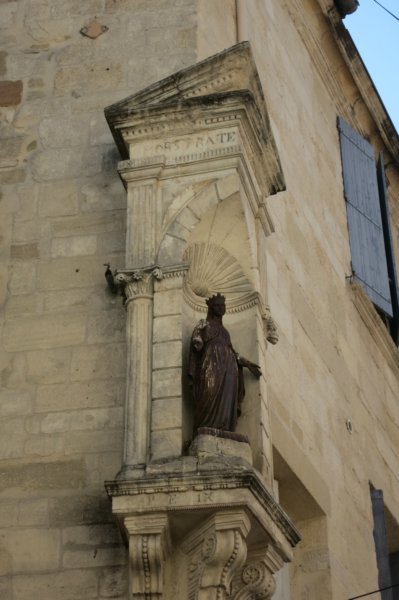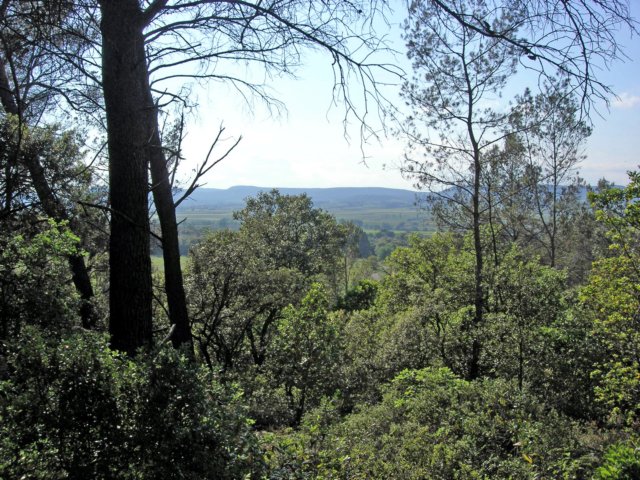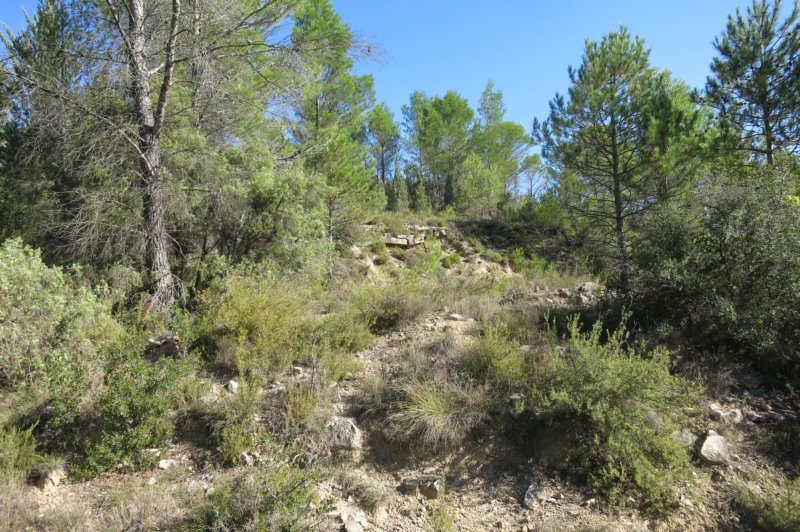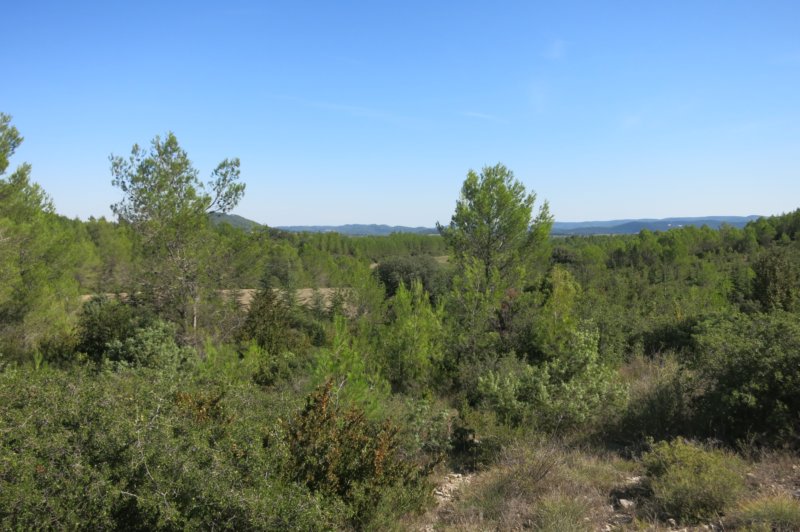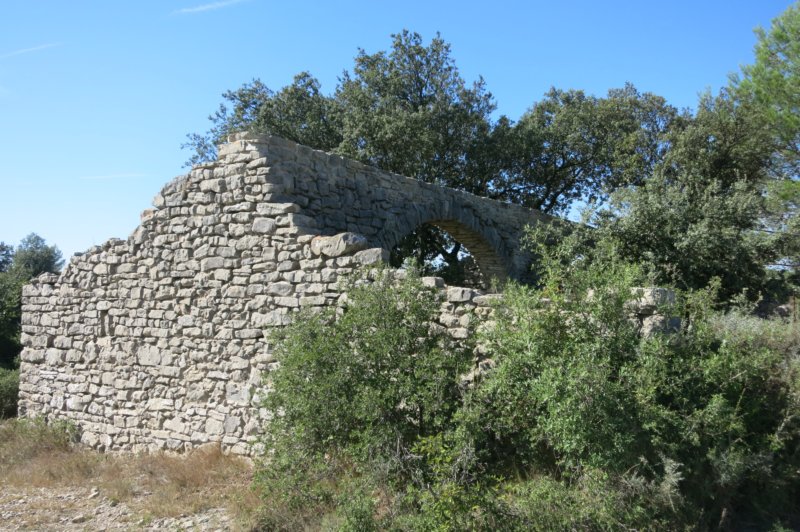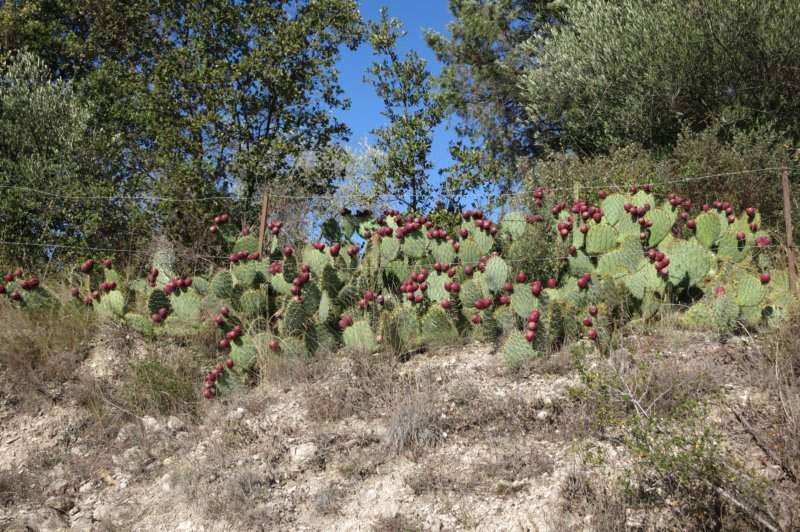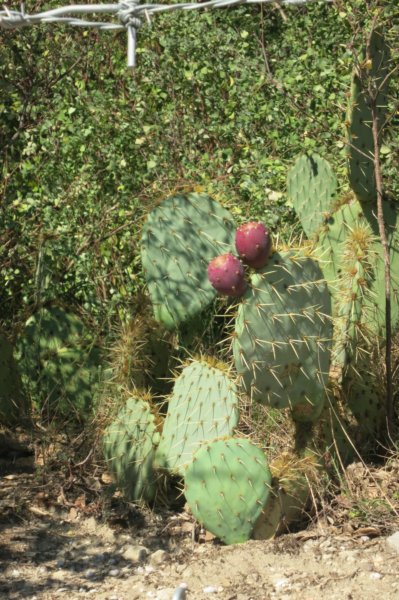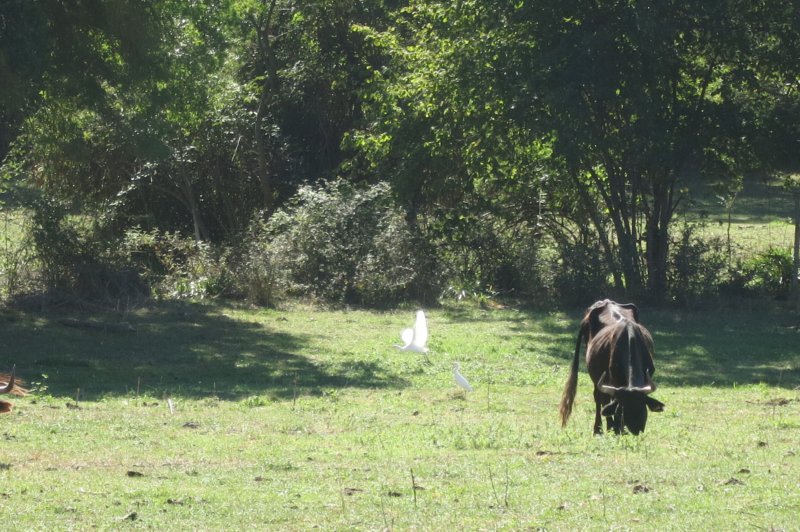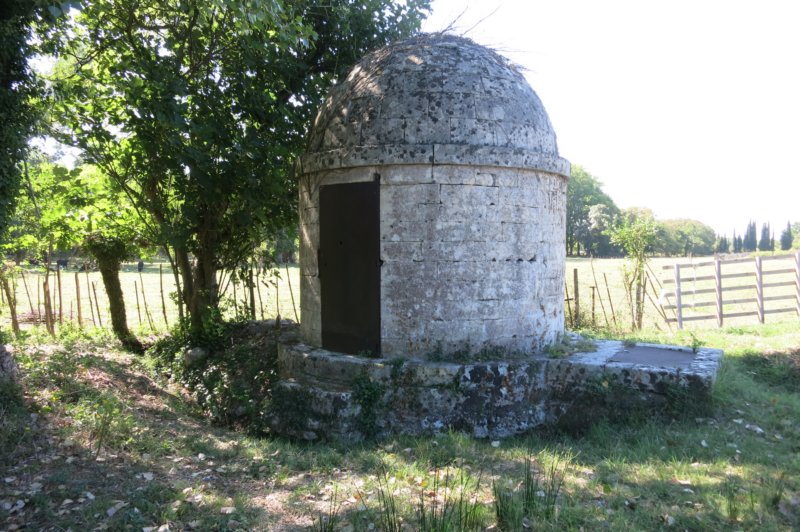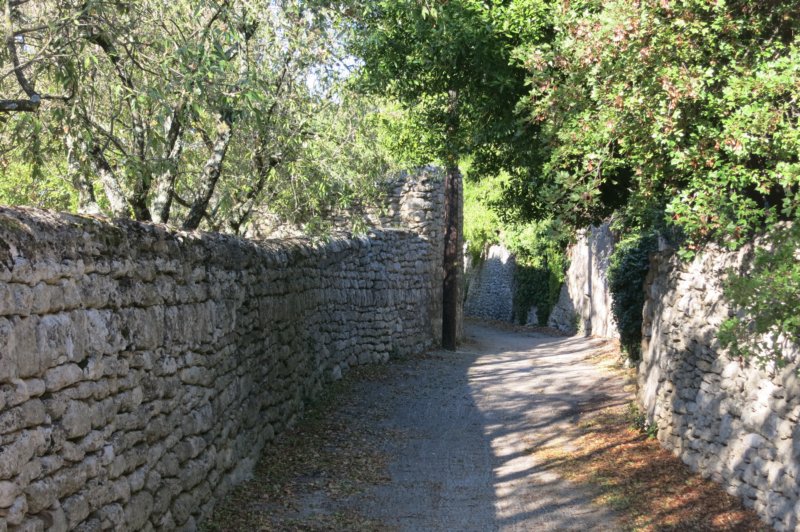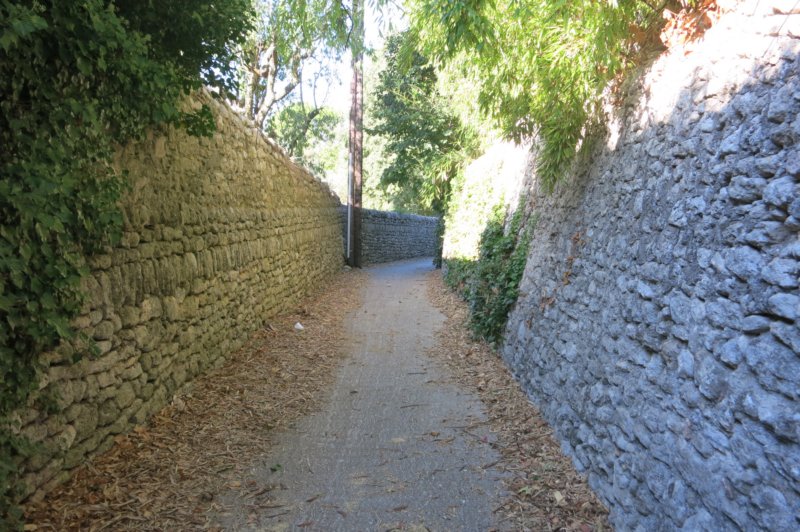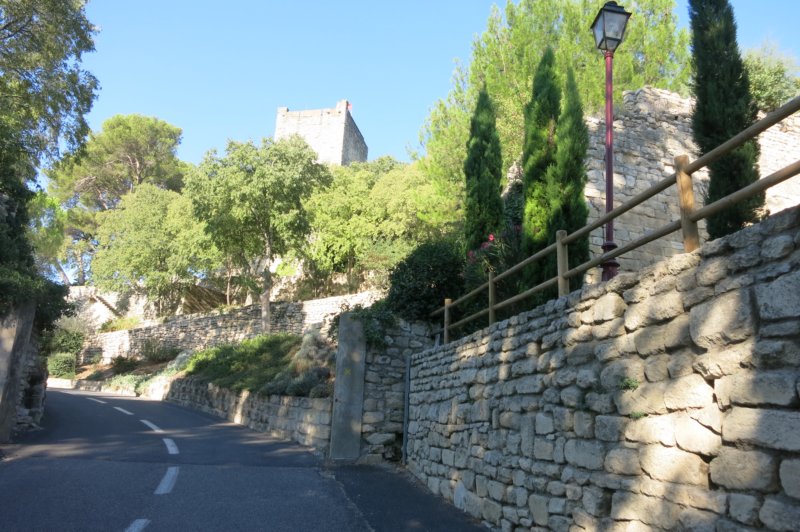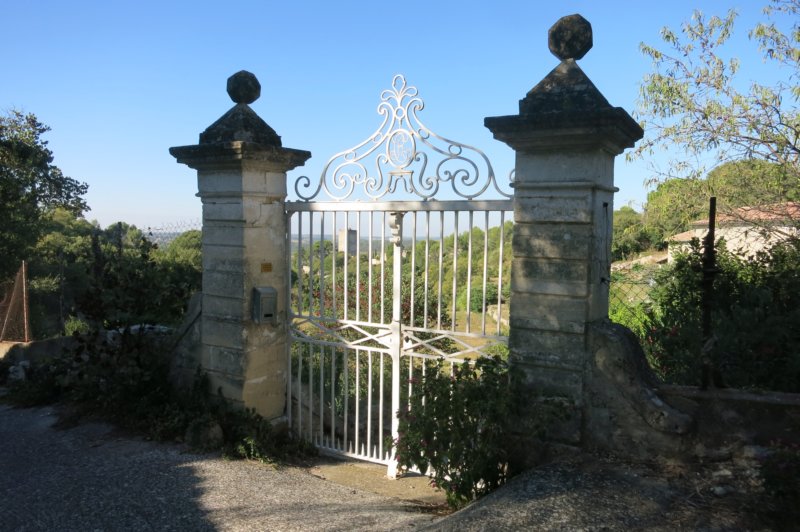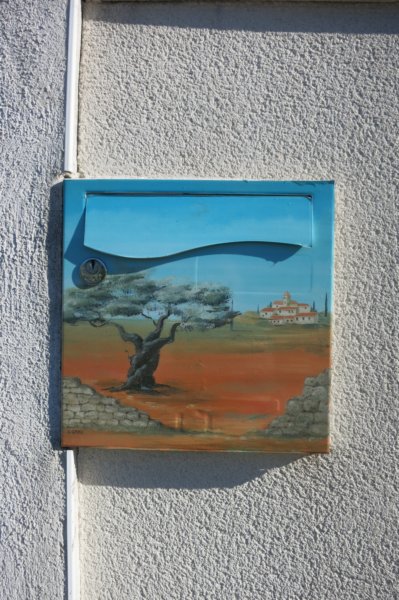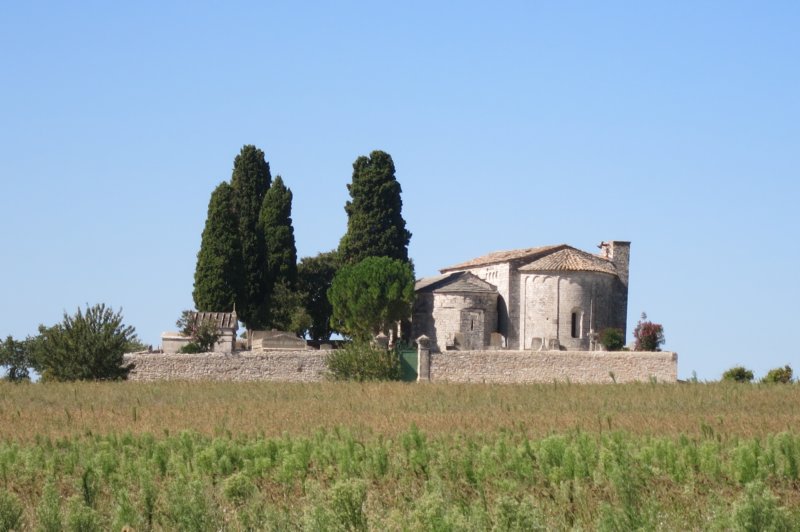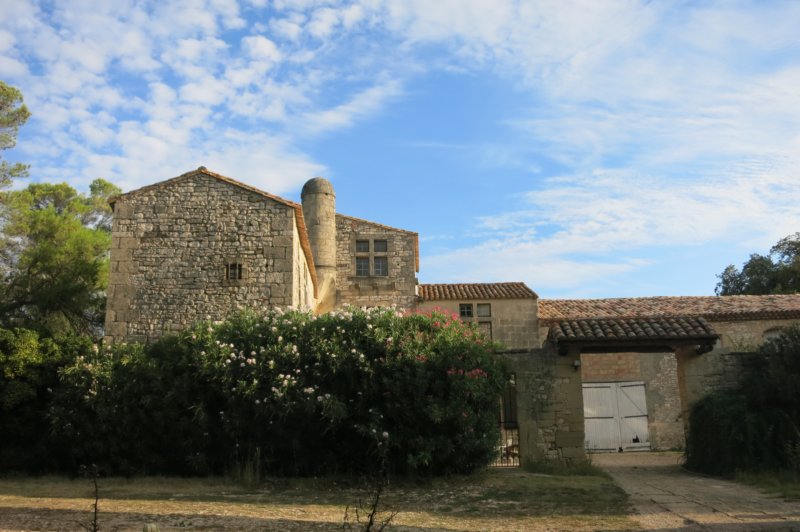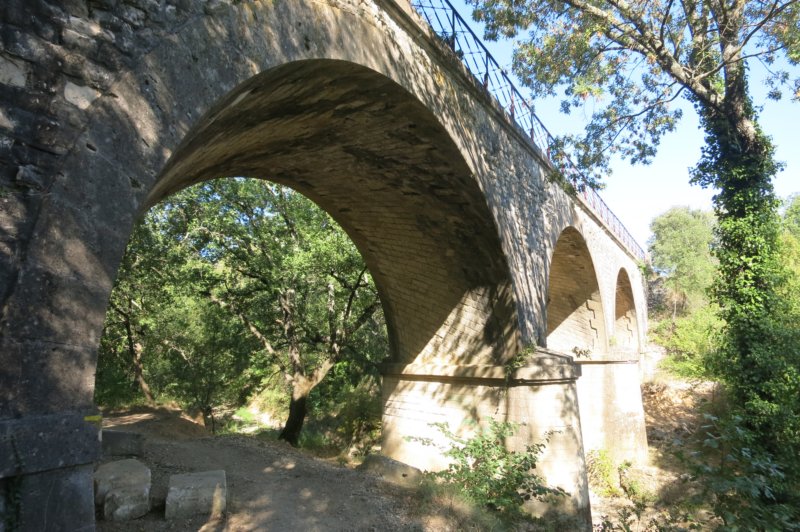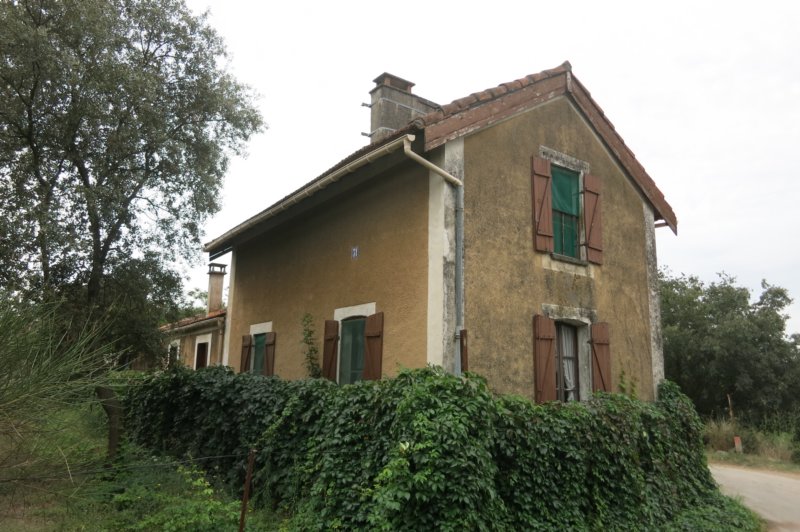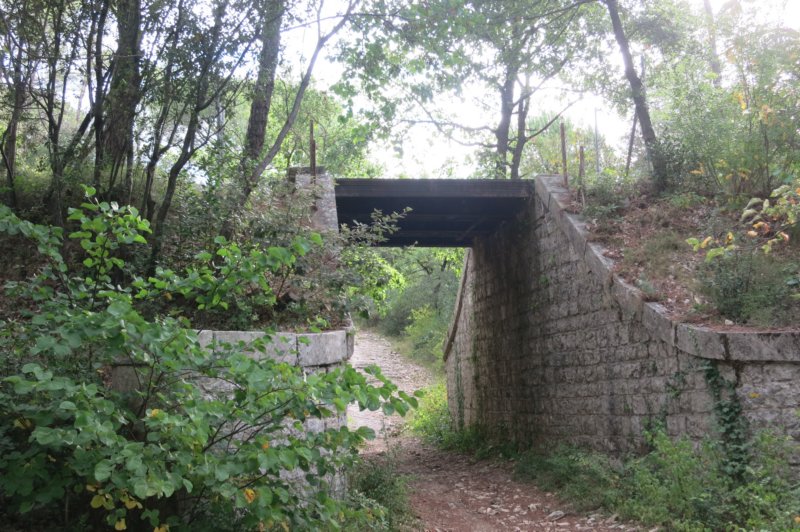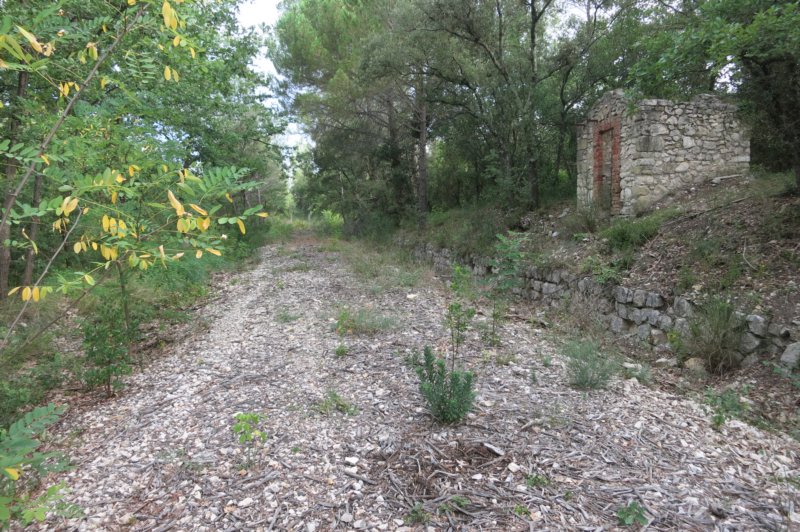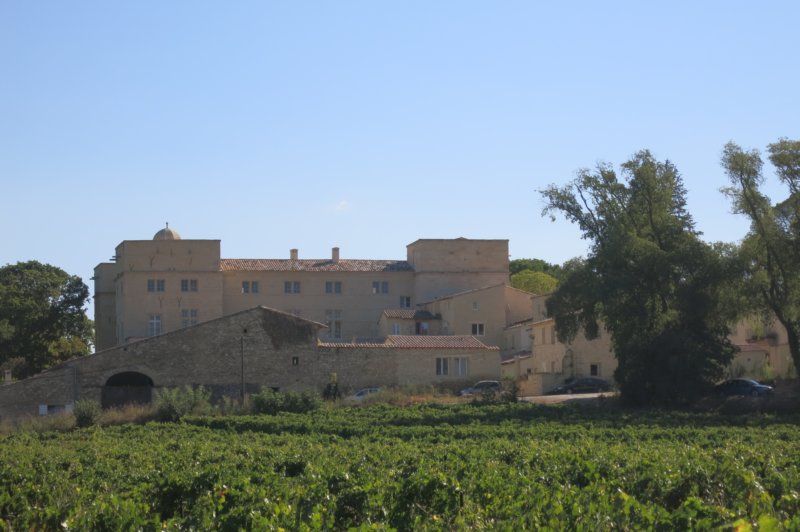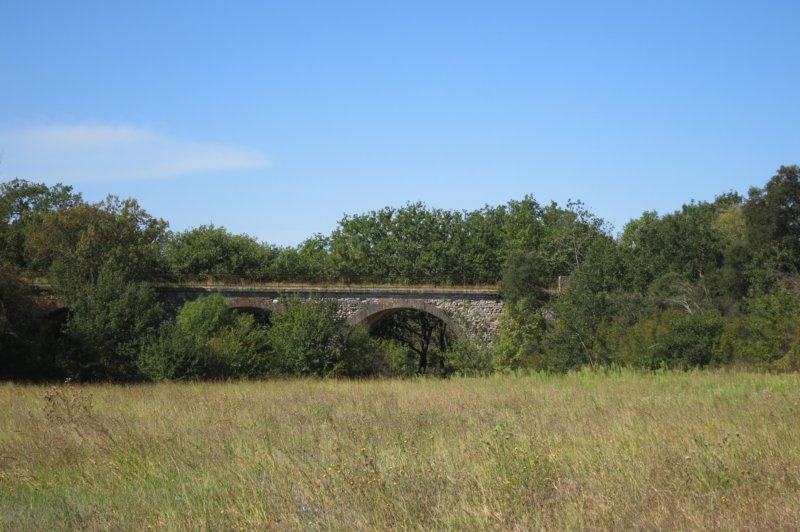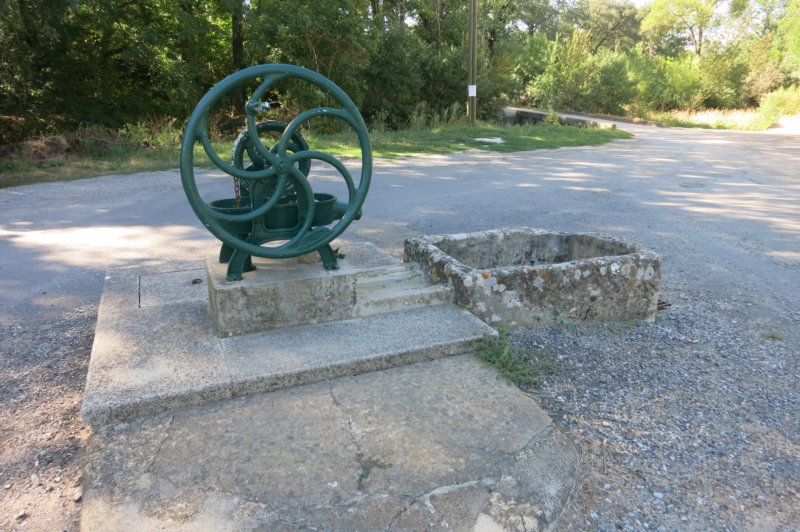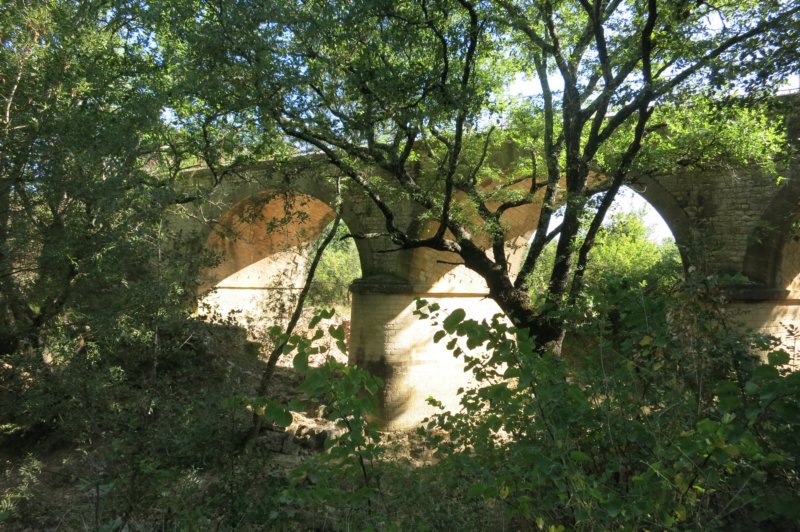Sommieres ( In Nederlands: klik HIER)
In Nederlands: klik HIER)
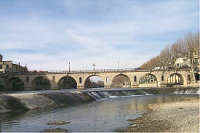 |
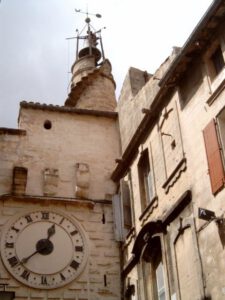 |
For 25 years we drove through France via all kinds of marked routes. Every year our destination was Sommières because our family lives there.
It is never boring, Sommieres is a sweet spot, the setting is lovely, you’re near the Mediterranean Sea, you sit at the southern tip of the Cévennes and close to major cities like Nimes and Montpellier.
And above all, it’s almost always good weather.
This we want to share with others this way.
Sommières, a brief description
The city of Sommières is a major road and in the course of history has become a real thoroughfare.
The city has grown over the centuries, especially from the Middle Ages.
In part by the famous fairs and weekly markets Sommières ‘a trade’ where you can not ignore.
Sommières originated at the foot of a castle with a beautiful square tower. The character of this place was retained by the fortified gates, arches over the streets and the square with arcades.
The river Vidourle flows (mostly) quiet under the Roman bridge and gives this city, with about 4500 inhabitants, a special cachet. However, the river may rise for a short time at a high level and in 2002 even led to severe flooding.
The city was once famous for the manufacture of leather and wool fabric.
But also the world famous clay powder ‘la terre de Sommières’ a sepiolite (natural magnesium silicate) that can remove stains, which was produced in mines in Salinelles, a village near Sommières gave the place great fame. The powder was in fact sent from the station of Sommières (hence the name).
The writer Lawrence Durrell spent here the last days of his life and wrote in L’Esprit des Lieux include: “I must admit that I have seen that nothing is more beautiful than Sommières.”
The original Roman bridge over the Vidourle, which was built by Tiberius, was 190 m long and continues into downtown.
The special feature of the bridge is that it is inhabited continuously since the Middle Ages and is next to the Ponte Vecchio in Florence to the few inhabited bridges in Europe.
The Marché-Bas and the Marché-Haut (the former grain market) constitute the core of the old Sommières.
The former castle offers a beautiful view of Sommières and the red roofs and farther down the Cévennes.
Sommières is an excellent starting point for tours in the area. A visit to Nimes and Montpellier as well as a visit to the coast with places like the La Grande-Motte, Aigues Morte and Le Grau du Roi can be recommended.
Also a number of surrounding villages are well worth it.
See the table below.
For a few years there is a nice and flat bicycle to Caveirac (Voie Verte) constructed (length 22 km). Its unique feature is that it is built on the spot where once ran the old railway line towards Nîmes.
A little history of Sommières
The river Vidourle was the beginning of the establishment of the city in antiquity.
The bridge was built by the Romans in the 1st century to cross the river for the purpose of Heerweg (legerweg); a paved langeafstandsweg constructed to connect Nimes to Toulouse.
The castle has the powerful family of the Lords of Anduze and Sauve built and is mentioned for the first time in 1041.
The first industry was that of the leather industry. This activity is a lot of water, which Vidourle lent itself fine.
This activity was located first in the bed of the Vidourle next to the bridge; later in the lower part of the city.
Due to the rapid flooding of the river, all houses built on arches.
In the 12th century the city was a city wall. In the 16th century the city had much to suffer from the unrest in connection with the religious wars.
In 1573 and 1575 was Sommières alternately under Catholic or Protestant authority. The latest act goes back to the early 18th century. The arrival of the railway in 1868 was a great asset for both industry and local trade.
Information about Sommières
What is there to see in the area?
In the immediate vicinity (for numbering see map below)
2.Villevieille
The village high above the plain of the Vidourle, based on his castle.
Villevieille possesses a remarkable archaeological heritage. Recent excavations have uncovered a Roman district.
3.Aujargues
The village is built on the slopes of the hills. On the south side crosses the castle (with its magnificent arcades built on the monument standing pigeon) high above the village.
The old village offers a maze of quiet streets lined with typical houses.
4.Junas
Junas is known for its ancient quarries. By fractures in the rock left by the stonecutters traces on candles appear in the middle of the quarry.
Originally a medieval village hidden behind the ancient ramparts.
5.Congénies
The typical streets of this village have the special characteristic that they recall the coexistence of three religions in the 18th century, including the Quaker community.
Congénies was in the 18th century, the home of a group of religious thinkers who were called “Inspired”.
After having made contact with the Assembly of London they founded the first Quaker meeting in France. The last Quaker Congénies died in 1928
6.Calvisson
On the rock “Roc Gachone” which is high above the village, are the remains of three windmills and the memory of the castle of Guilhem de Nogaret.
In the 17th and 18th centuries the Vaunage was the scene of the aftermath of the conflict between Catholics and Protestants.
7.Saint-Etienne d’Escattes
In the center of the hamlet is the Romanesque St-Etienne chapel from the 11th century. The apse is to be seen a strange engraved stone.
8.Souvignargues
Upon entering the village can be reached on foot in the ruins of the Saint-André Chapel.
This dates from the 12th century and stands in the middle of the vineyards and has the remains of a magnificent carved ornamentation.
Walk in the center of the village with a beautiful “circulade” an ingenious circular building system, making the core consisting of the castle and the church could be protected.
9.Montpezat
This village atop a hill is also a ” circulade “with medieval core and a feudal castle.
The old walls can still be seen as one of the entrances to the fortified village.
10.Combas
Stroll through the quiet streets of the village if you are looking for traces of the medieval past. On one of the squares is a funny Republican column along a fountain in baroque style.
The village lies at the Bois de Lens and has a stunning setting.
11.Crespian
The original village is situated on a hill and is built around the Romanesque church.
12.Montmirat
A prehistoric fortress stood on the site of the current Jouff chapel which is back on its turn ruins of a Roman cistern.
13.Cannes et Clairan
Before the French Revolution Cannes and Clairan were two separate municipalities, but are merged from 1790 on the orders of King Louis XVI to a municipality.
There are the ruins of the old priory of Saint Saturninus of the 12th century.
14.Saint-Clément
The village lies at the foot of the Bois de Paris, which owes its name to an ancient Gallic wall.
The village is a path for cattle Cevennes connects with the sea.
15.Lecques
This beautiful village perched on a rocky outcrop dominates the Vidourle and impresses with its fortress walls, the last vestiges of its medieval past.
16.Fontanes
The village consists of several parts.
The main village with typical southern French architecture located around the castle and the church.
Slightly further afield are some great manor houses and the hamlet
17.Pondres
Pondres lies at the foot of a magnificent Renaissance castle and its park.
18.Salinelles
Before arriving in the village, is in the lowlands of the Saint-Julien de Montredon chapel, a perfect example of Romanesque art.
In the plain of the Vidourle is an outdoor laundry.
North of the village is a temple in Spanish colonial style.
19.Aspères
The village is made up of small hamlets in this village gives a special charm.
Viticulture characterizes the landscape greatly and is the heritage of the building and ontginnende monks who we the remains of the monastery on the old cemetery a little outside the village found it yet.
Source: local tourist guide
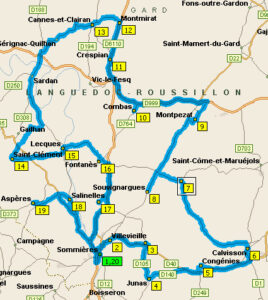
| Places | Gorges | Landscapes |
| Aiges Mortes | Cirque de Mourèze | Bambouserie de Prafrance |
| Alès | Cirque de Navacelles | Camarque |
| Anduze | Cirque des Baumes | Causse de Méjean |
| Arles | Gorges d’Ardeche | Chaos de Montpellier-le-Vieux |
| Avignon | Gorges de la Dourbie | Chaos de Nimes-le-Vieux |
| Beaucaire | Gorges de la Jonte | Clamouse |
| Florac | Gorges du Tarn | Col de L’Asclier |
| Le Grau du Roi | Le Ravins des Arcs | Col du Minier |
| Les Beaux | Corniche des Cévennes | |
| Lunel | Lac du Salagou | |
| Montpellier | Mont Aigoual | |
| Nimes | Mont Lozère | |
| Orange | Mont Ventoux | |
| Remoulins | Pic St.Loupe | |
| Pont du Gard | St.Guilhem-le-Desert | |
| Saint Gilles | Ste de la Buèges | |
| Saint Jean du Gard | ||
| Tarascon | ||
| Uzes | ||
| Vaucluse | ||
| Vaison-la-Romaine | ||
| Villeveille |
Photo albums
Interesting links
Le Gard
Le Gard Wikipedia
Les Vignerons du Sommières
Vallee du Vidourle
(In het Nederlands: klik HIER)

